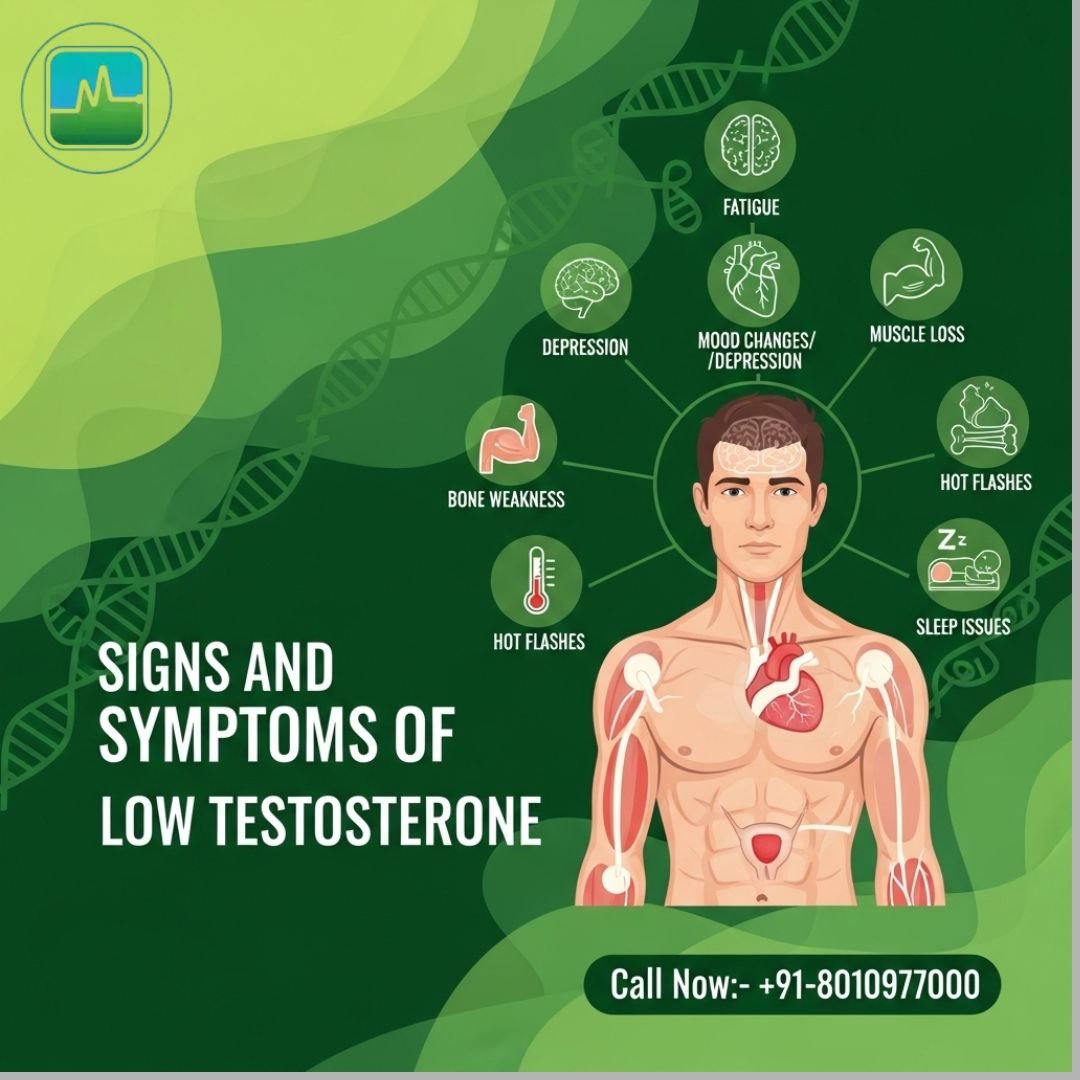HIV/AIDS is often surrounded by myths and misconceptions that can foster fear, stigma, and discrimination.
These misconceptions prevent people from getting tested, receiving proper treatment, and living their lives without unnecessary fear.
Read More- Best Ways HIV Can Be Prevented
Myth 1: HIV and AIDS Are the Same Thing
Fact: HIV is the virus, AIDS is the condition it causes.
HIV (human immunodeficiency virus) attacks the immune system, weakening the body’s defense against infections.
AIDS (acquired immunodeficiency syndrome) is the final stage of HIV infection, where the immune system is severely damaged.
However, not everyone with HIV will develop AIDS, especially with proper treatment.
Myth 2: You Can Get HIV from Kissing
Fact: HIV is not transmitted through saliva.
HIV is spread through specific fluids such as blood, semen, vaginal fluids, and breast milk. Casual contact such as kissing, hugging, or sharing utensils does not pose a risk of infection.
However, if both individuals have open sores or bleeding gums, there may be a small risk of infection through blood, but this is extremely rare.
Myth 3: Only People with Risky Behaviors Get HIV
Fact: Anyone can contract HIV, regardless of lifestyle.
While people who have unprotected sex with multiple partners or share needles are at higher risk of HIV, HIV can affect anyone.
A person can become infected with HIV in a variety of ways, including sexual contact, transmission from mother to child during childbirth or breastfeeding, or through contaminated needles, regardless of their lifestyle or behavior.
Myth 4: You Can Tell If Someone Has HIV by Looking at Them
Fact: People with HIV may look and feel healthy for years.
Many people with HIV don’t have symptoms for years, especially if they’re on effective treatment.
This is why regular testing is so important because you can’t tell if someone is HIV positive just by their appearance. Early detection and treatment can help prevent the virus from turning into AIDS.
Myth 5: HIV Can Be Cured
Fact: There is no cure for HIV, but it is manageable with treatment.
While there is no cure for HIV, antiretroviral therapy (ART) has turned HIV into a manageable condition.
With ART, people with HIV can live long, healthy lives and achieve an undetectable viral load, meaning they cannot spread the virus to others through sex. Ongoing research efforts are looking for a cure, but for now, treatment is key.
Myth 6: HIV is Only a Problem in Certain Communities
Fact: HIV affects people of all races, genders, and sexual orientations.
HIV does not discriminate based on race, gender, or sexual orientation. While some groups, such as men who have sex with men or people who inject drugs, may be at greater risk, anyone can become infected with HIV.
Education, testing, and prevention should be available to everyone, regardless of their background.
Myth 7: HIV Can Be Transmitted Through Mosquitoes or Insects
Fact: HIV cannot be transmitted by insects.
HIV is not spread by insect bites, including mosquitoes. The virus cannot survive inside insects, and they do not transmit HIV to humans.
HIV requires human-to-human contact through specific bodily fluids to be transmitted.
Myth 8: Pregnant Women with HIV Will Always Pass the Virus to Their Babies
Fact: With proper treatment, mother-to-child transmission can be prevented.
If a pregnant woman with HIV receives proper medical care and antiretroviral therapy (ART) during pregnancy, labor, and delivery, the risk of her baby passing on HIV can be less than 1%.
Modern treatments have substantially reduced the chances of mother-to-child transmission, making it possible for HIV-positive women to give birth to HIV-negative babies.
Myth 9: Once You’re HIV-Positive, There’s No Point in Getting Tested Again
Fact: Regular testing and monitoring are crucial for health.
Even if you are HIV positive, it is important to continue regular medical checkups, including HIV tests, to monitor your viral load and overall health.
This allows healthcare providers to adjust treatment as needed, to ensure the virus is under control and to prevent the development of drug resistance.
Myth 10: People with HIV Are Always Infectious
Fact: HIV-positive people with an undetectable viral load cannot transmit the virus.
Thanks to ART, people with HIV who achieve an undetectable viral load (meaning the amount of HIV in their blood is so low that it cannot be detected by standard tests) cannot transmit the virus through sexual contact.
This is known as “undetectable = untransmittable” or U=U, an important concept in HIV prevention and care.
Conclusion: Let’s End the Stigma
Myths and misconceptions surrounding HIV/AIDS create unnecessary stigma, fear, and isolation for many people.
By addressing these false beliefs and promoting accurate, evidence-based information, we can create a world where people living with HIV are treated with respect, compassion, and dignity.
Remember, the best way to protect yourself and others is through education, regular testing, and, if needed, treatment.
Let’s work together to break down these barriers and make sure that HIV is no longer a source of fear, but a source of hope and empowerment.











Leave a Reply